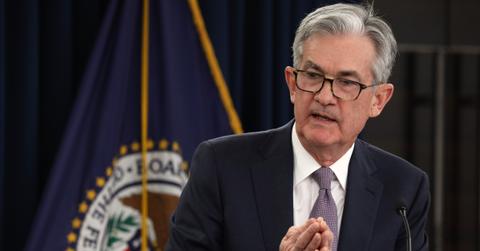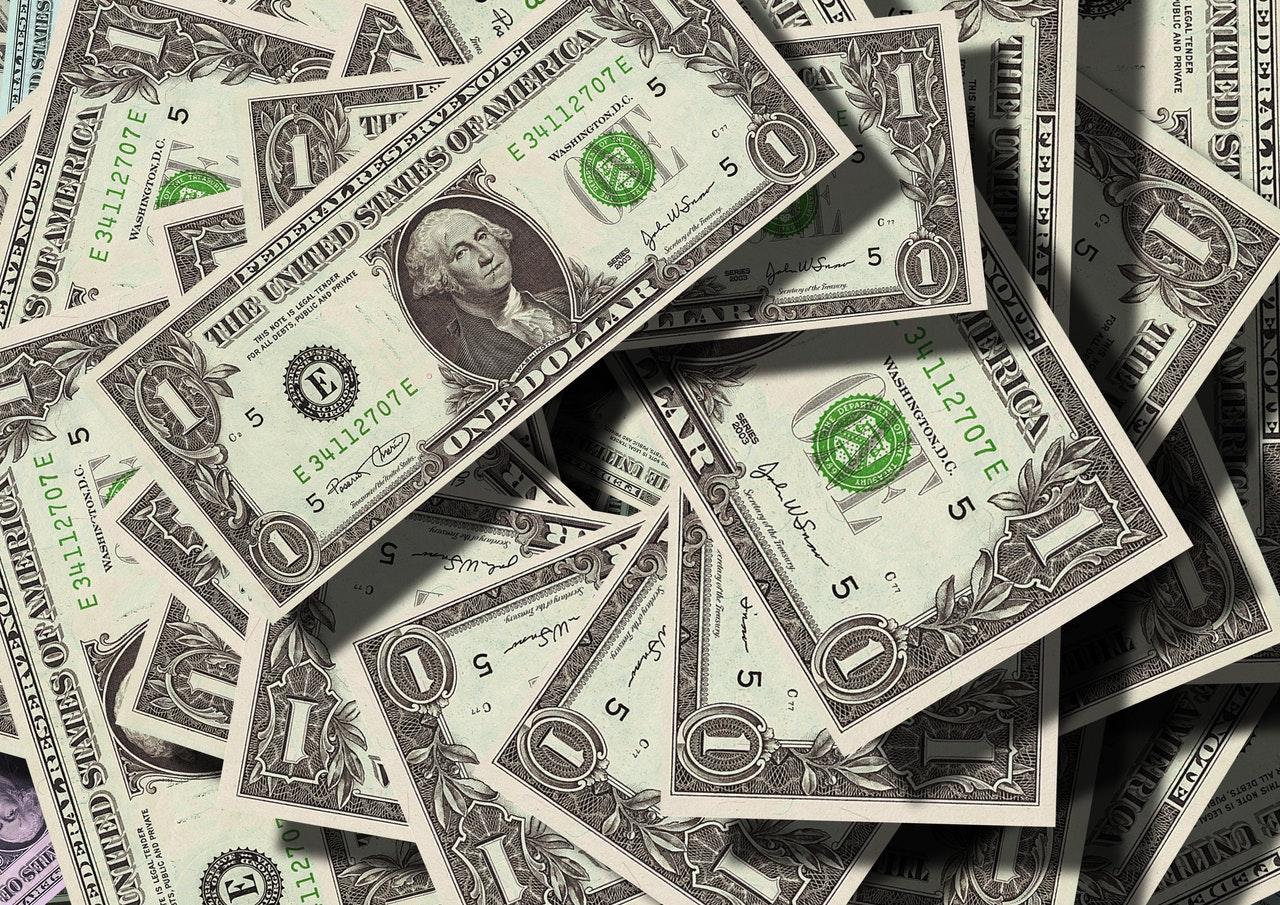Will the Fed Raise Interest Rates in March and By How Much?
Markets are now bracing for a rate hike at the Fed’s March meeting. Will interest rates go up in March and by how much? Here's what to expect.
Jan. 26 2022, Published 11:08 a.m. ET
The U.S Federal Reserve meeting is set to end on Jan. 26. It's the first meeting of 2022 and could set the direction for the interest rate hikes. While a rate hike isn't expected this month, markets are now bracing for a rate hike at the Fed’s March meeting. Will interest rates go up in March and by how much?
U.S. monetary policy has come full circle over the last two years. In 2020, Fed Chair Jerome Powell famously said, “We're not even thinking about thinking about raising rates." The same year, the Fed tweaked its inflation targeting approach and signaled that a rate hike isn't coming until at least 2023.
Inflation isn't “transitory” anymore.
For most of 2021, the Fed maintained that inflation, which was running way above what the U.S. Central Bank is comfortable with, is transitory in nature. The reference was controversial from the beginning and many economists said that the rise in prices is driven by higher commodity prices and rising labor costs.
As 2021 drew to a close, Powell signaled a change in the Fed’s approach. He said that the word "transitory' should be retired and also toned down the monthly bond purchases. The Fed increased the pace of tapering and the December meeting signaled three rate hikes for 2022.
U.S. inflation hit a four-decade high of 7 percent in December 2021, which is over three times what the Fed is targeting. After years of low inflation, the Fed finds itself in a peculiar position. While it might have to increase rates to tame inflation, it will also have to keep an eye on the slowing growth. The IMF has already said that the Fed’s rate hike could dampen the global economic recovery.
A March rate hike appears to be firmly on the table.
Despite concerns among some economists, the Fed is expected to raise interest rates at its March meeting. Also, there could be more than three rate hikes in 2022. While Goldman Sachs expects four rate hikes in 2022, Bank of America expects as many as six rate hikes in 2022.
According to the CME FedWatch tool, there's an 89.9 percent probability that the Fed will raise rates by 25 basis points at its March meeting. There's only a 4.8 percent probability that there won’t be a rate hike at the March meeting.
The probability might change after the Fed’s January meeting. However, given the hawkish stance that Fed officials have shown in recent weeks, a March rate hike looks pretty much on the table.
What happens when the Fed raises interest rates?
Markets have started to price a hike in interest rates. The U.S. 10-year bond yield recently touched 1.9 percent. While it has since retreated to around 1.8 percent, it has room to run higher by the end of 2022.
Rising interest rates have a divergent impact on investors. While fixed-income investors would earn more on instruments like CDs, those who have taken an adjustable-rate mortgage would feel the pinch.
As the interest rates go up, the cost of funds for traders would also increase. One casualty has been loss-making growth companies, which have seen a severe downwards price action. In general, higher interest rates are negative for stocks since they mean higher risk-free rates. All else being equal, earnings get discounted at a higher rate, which drives down the fair value of stocks.



